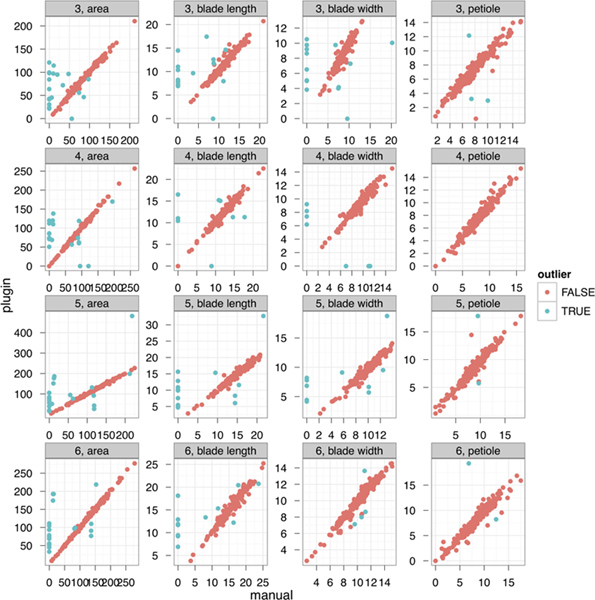
Macros can be written in ImageJ for high-throughput work but adapting macros to new projects requires that biologists learn a programming language. Its design, however, is geared more towards the analysis of individual images (comparable to Adobe Photoshop) rather than flexible, high-throughput work. This package has been successfully used by many laboratories. Prior to the work presented here, the only flexible, open-source biological image analysis package was ImageJ/NIH Image.

This improvement is more than an incremental technical advance, because it relieves the one remaining bottleneck to routinely conducting such experiments.
Cellprofiler measure object size shape software#
Appropriate software produces reliable results from a large-scale experiment in hours, versus months of tedious visual inspection. įifth, image cytometry is much less labor-intensive and higher-throughput. Even changes not visible to the human eye can reveal disease state. Pathologists have known for years that changes in DNA or protein texture can correlate to profound and otherwise undetectable changes in cell physiology, a fact used in diagnosis of disease. Other features, for example, the texture (smoothness) of protein or DNA staining, are observable but not quantifiable by eye. Furthermore, small but biologically significant differences, for example, a 10% increase in nucleus size, are not noticeable by eye. For example, the two-fold difference in DNA staining intensity that reveals whether a cell is in G1 or G2 phase of the cell cycle are measurable by computer but are difficult for the human eye to observe in cell images. In addition, individual cell measurements can reveal samples that differ in only a subpopulation of cells, which would otherwise be masked in whole-population measures.įourth, quantitative image analysis is able to detect some features that are not readily detectable by a human observer. Because individual cells' responses are inhomogeneous, multiparametric single cell data from several types of instruments have proven much more powerful than whole-population data (for example, western blots or mRNA expression chips) for clustering genes, deriving causal networks, classifying protein localization, and diagnosing disease. Third, image cytometry individually measures each cell rather than producing a score for the entire image. Measuring a large number of features, even features undetectable by eye, has proven useful for screening as well as cytological/cytometric profiling, which can group similar genes or reveal a drug's mechanism of action. In addition to uncovering subtle samples of interest that would otherwise be missed, systems-level conclusions can be drawn directly from the quantitative measures for every image. By contrast, automated analysis rapidly produces consistent, quantitative measures for every image. Second, human-scored image analysis is qualitative, usually categorizing samples as 'hits' (where normal physiology is grossly disturbed) or 'non-hits'. In addition, image cytometry can accurately measure protein texture and localization as well as cell shape and size. Like flow cytometry, image cytometry measures the per-cell amount of protein and DNA, but can more conveniently handle hundreds of thousands of distinct samples and is also compatible with adherent cell types, time-lapse samples, and intact tissues.

Image-based analysis is thus versatile, inherently multiplexed, and high in information content.
Cellprofiler measure object size shape full#
In fact, in some cases image cytometry is absolutely required to extract the full spectrum of information present in biological images, for reasons we discuss here.įirst, while human observers typically score one or at most a few cellular features, image cytometry simultaneously yields many informative measures of cells, including the intensity and localization of each fluorescently labeled cellular component (for example, DNA or protein) within each subcellular compartment, as well as the number, size, and shape of those subcellular compartments. Still, for most applications, image cytometry (automated cell image analysis) is strongly preferable to analysis by eye. Several pioneering large screens have been scored through visual inspection by expert biologists, whose interpretive ability will not soon be replicated by a computer. However, a bottleneck exists at the image analysis stage. Advanced microscopes can now, in a single day, easily collect thousands of high resolution images of cells from time-lapse experiments and from large-scale screens using chemical compounds, RNA interference (RNAi) reagents, or expression plasmids. When cells are stained appropriately, visual analysis can reveal biological mechanisms.

Examining cells by microscopy has long been a primary method for studying cellular function.


 0 kommentar(er)
0 kommentar(er)
